LGBTQ+ hidden history walks
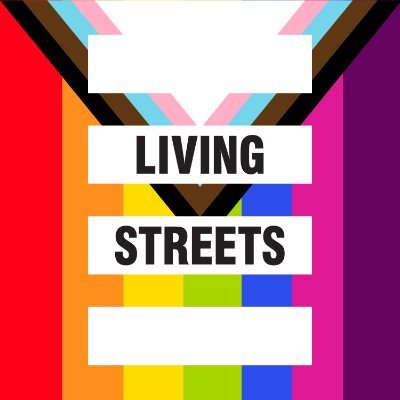
This Pride Month, Jessie Davidson from our Walking Connects project talks about the importance of making the history of marginalised groups more visible and how we’re doing that through our new Local Group and project work.
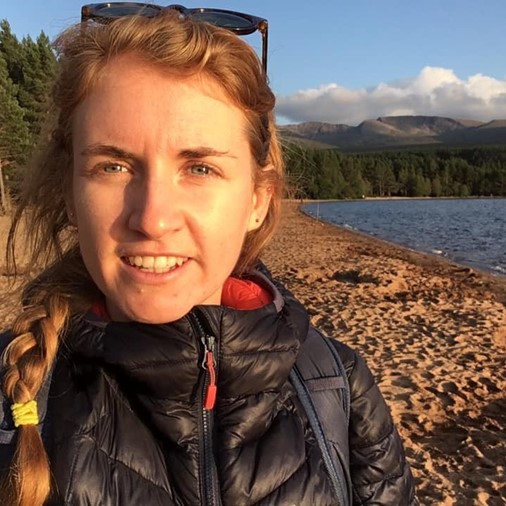
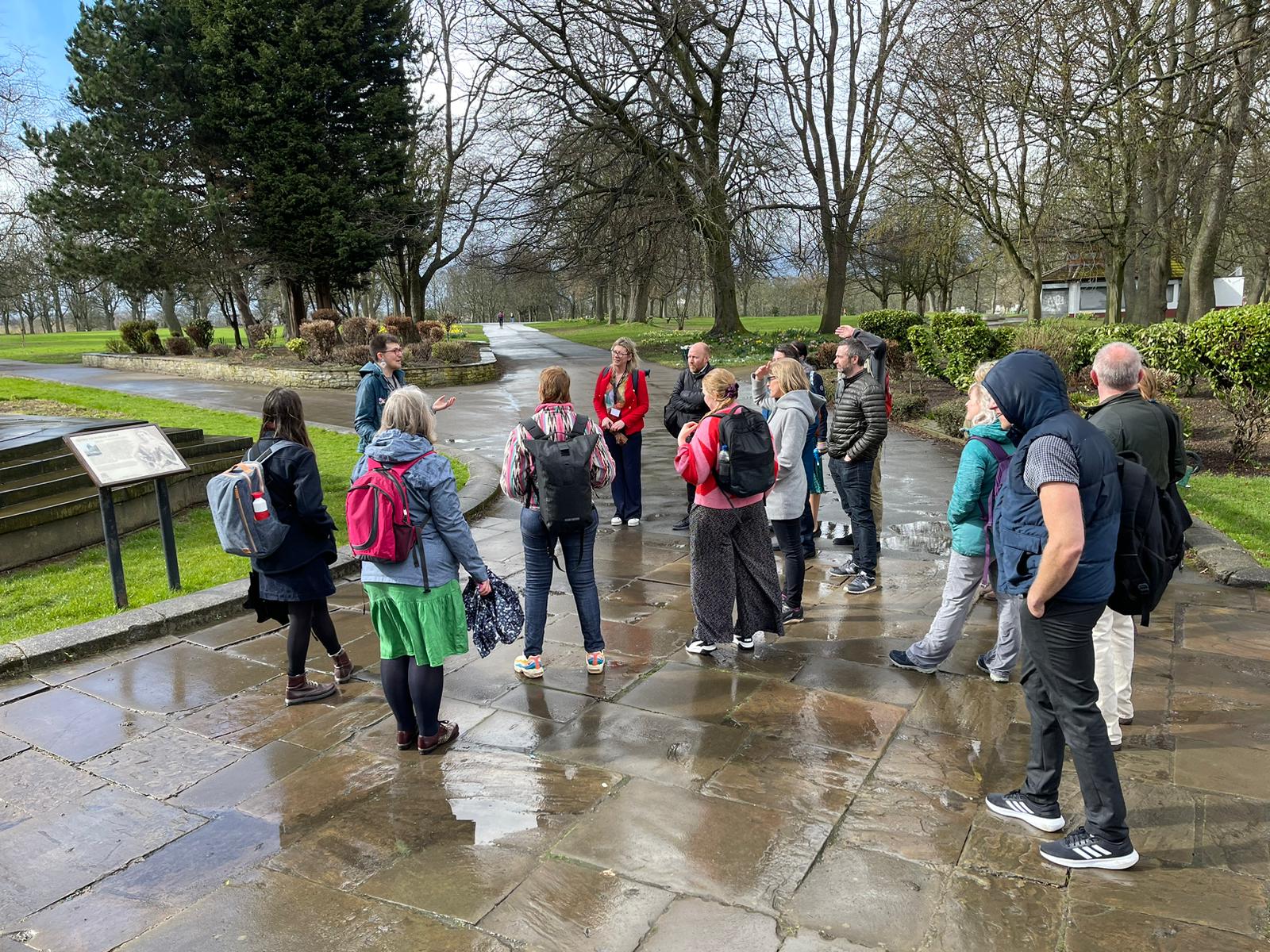
At Living Streets, we want walking and wheeling to be for everyone. But what does that mean for the LGBTQ+ community? We’ve been working with LGBTQ+ colleagues, professionals and volunteers to find out how the community can feel seen and included.
At our National Walking Summit, I was given the fantastic opportunity to work with Dr Kit Heyam. Kit’s expertise is multi-faceted, but their work on LGBTQ+ heritage (including the Rainbow Plaques project) is of particular interest to me.
Kit led a 'walkshop' at our Summit in Leeds, taking a group of 20 transport professionals along the soggy West Yorkshire streets, delving into the stories of the LGBTQ+ community and providing a new perspective on the city.
Hidden history walks
A walking tour with Kit is a celebration of the contextual weight of LGBTQ+ experience and the influence this has on our public spaces. The tours are also a place to develop understanding around the 21st century dilemma of open expression: we still live in a world where the choice to hide is needed for members of the LGBTQ+ community.
Despite the rain, Kit’s knowledge and passion maintained high spirits. During the walk, I whispered to a colleague, “Kit really is a pro, aren’t they?”, to which the response was “when you’re passionate about something, your confidence will shine.” I think this is an important message: history comes alive if it’s told by someone who feels connected to it.
This doesn’t mean that to lead a hidden history walk you need to have a lived experience of the stories you’re telling but it does take compassion and empathy. It's important to understand that some parts of LGBTQ+ history carry pain. Conveying this appropriately takes more time and research than a Google search (although this is always a good starting point!).
Talk to a local community group that represents the history you’re trying to tell and ask them what should be included. There may be some hidden histories that you didn’t know anything about (even if you feel a personal connection) or some things the community wants to keep hidden. Including these groups in the planning process means respect is paid to the retelling process.
To help people create their own hidden history walks, Kit has created a guidance workbook for our Living Streets’ Local Groups.
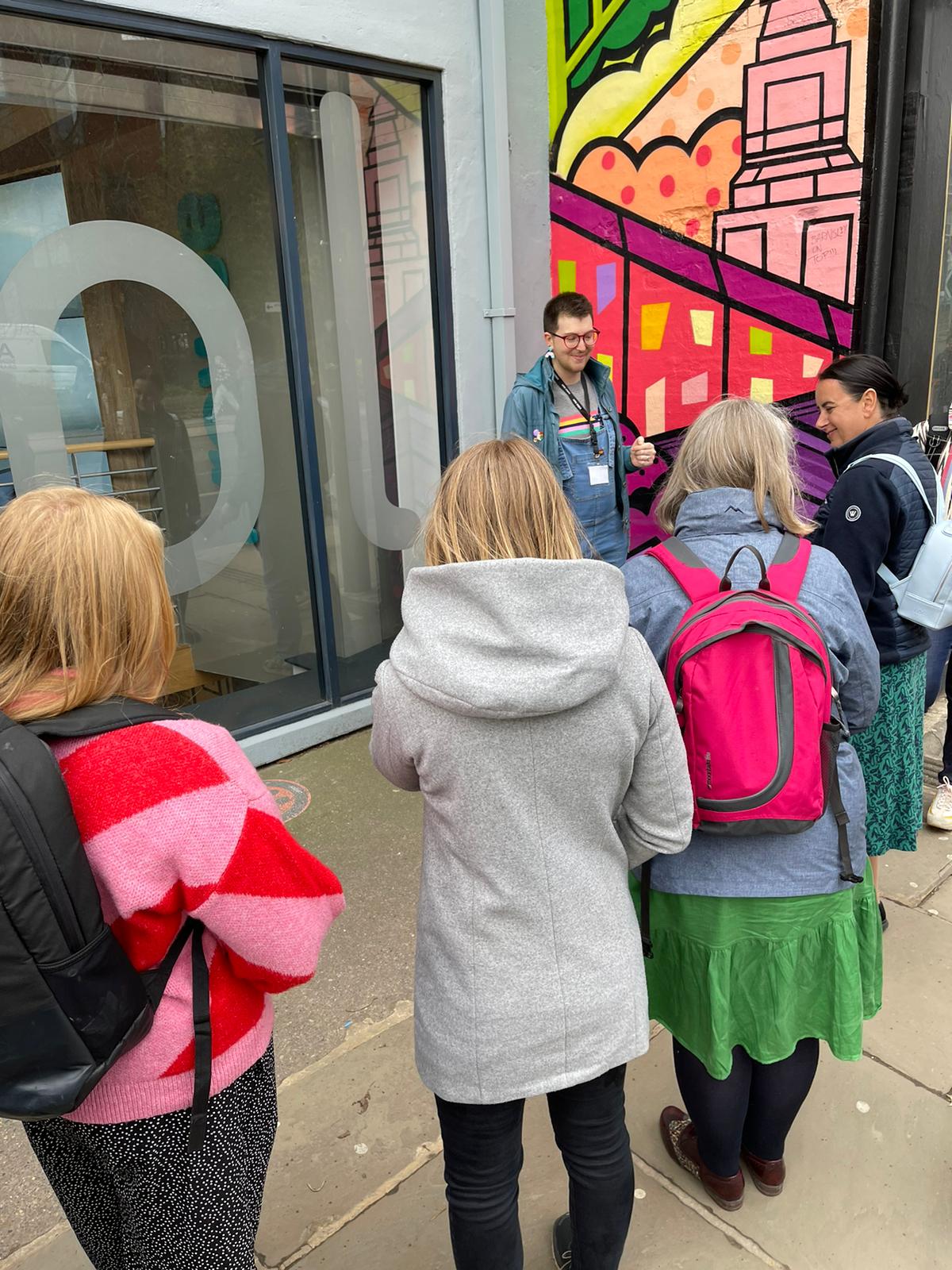
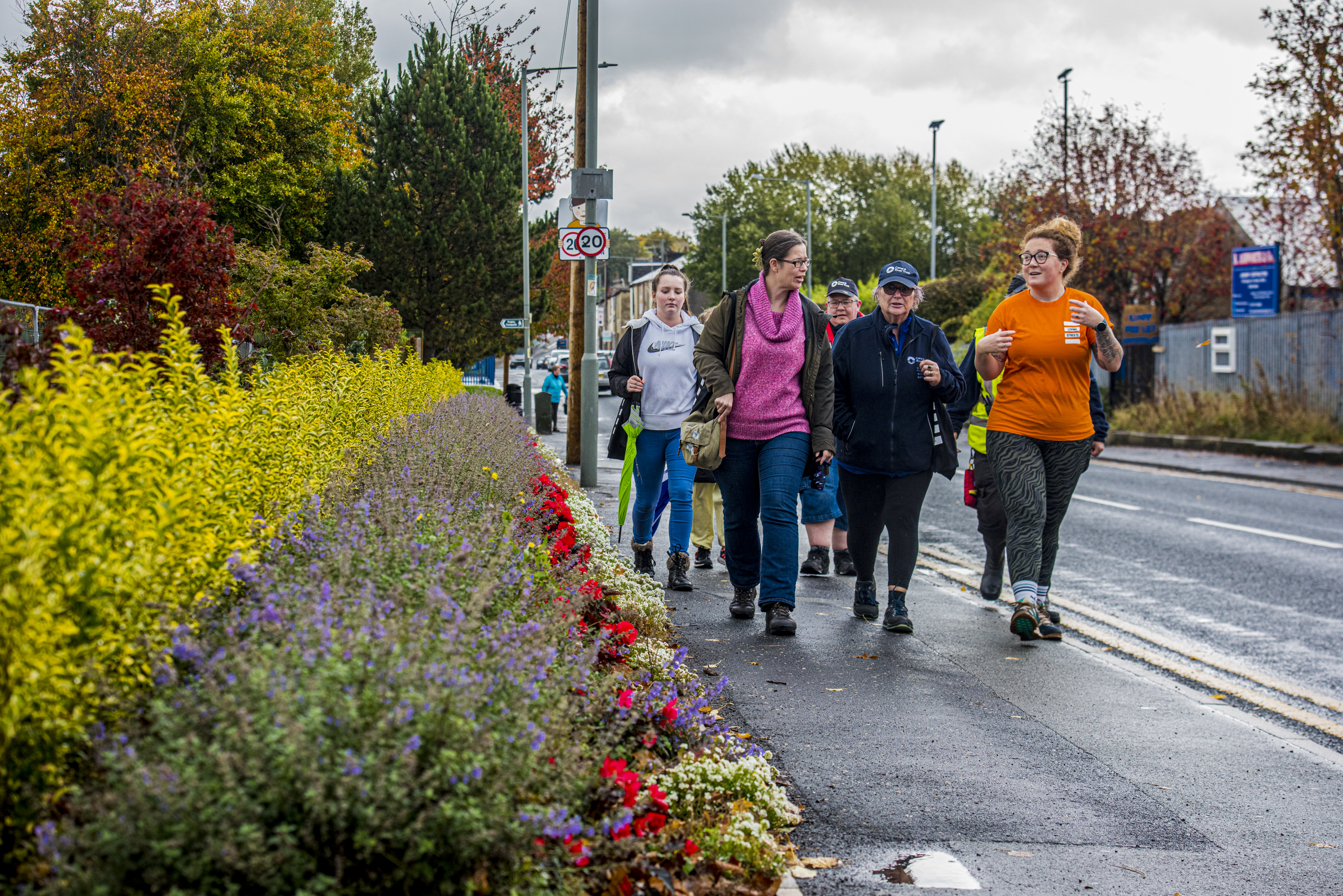
EMBRACING LGBTQ+ COMMUNITIES IN OUR PROJECT WORK
This year, Living Streets has been working on a project called ‘Walking Connects’, which aims to tackle loneliness amongst the over 50s. In the planning stages, we recognised the work the Mental Health Foundation has done in identifying groups that are most at risk of loneliness, including people who are LGBTQ+, so one of our focuses became engaging beneficiaries from under-represented communities.
The delivery of Walking Connects has involved a series of social walks and volunteer training to create a network of walk leaders who can continue to lead walks once the project ends. Some of these walk leaders have looked to start their own Living Streets Local Group, including a Stoke-on-Trent older LGBT group. We are supporting them with plans to celebrate and reflect on the LGBTQ+ history through 'Rainbow Walks' in Stoke-on-Trent. We want to encourage LGBTQ+ communities across the UK to start 'Rainbow Walks', which celebrate their hidden histories by starting a Local Group at Living Streets as we learn from this new group's lead.
WHAT'S NEXT?
As a member of Living Streets’ Staff LGBTQ+ Affinity Group, I am excited by the work the organisation is doing to bring an LGBTQ+ perspective to our events and projects. Injecting joy and celebration into this area of our work through hidden history walks and support of local groups is a great way to include the LGBTQ+ community, as well as bring along old and new allies. However, there is always more to be done.
In 2021, Arup and the University of Westminster released their report Queering Public Space, which looks to ‘explore how LGBTQ+ people can feel safer and included in urban public spaces and to establish a set of recommendations that help address this deficiency’. Recommendations from this won’t be surprising (co-production with the LGBTQ+ community, the importance of high quality lighting, to name a few). But, one of the key things that struck me from this report is how there is still little research around intersectional inclusivity on our streets.
My hope is that Living Streets can contribute to this gap in knowledge. We are an organisation whose expertise lies in street space for all pedestrians, and I’d like us to look at that space more from the LGBTQ+ lens. I think we’ll find this approach will have far-reaching benefits, not just for the LGBTQ+ community but beyond to our work with school children, workplaces and older people.

About the author
Jessie Davidson
Schools Coordinator, Living Streets